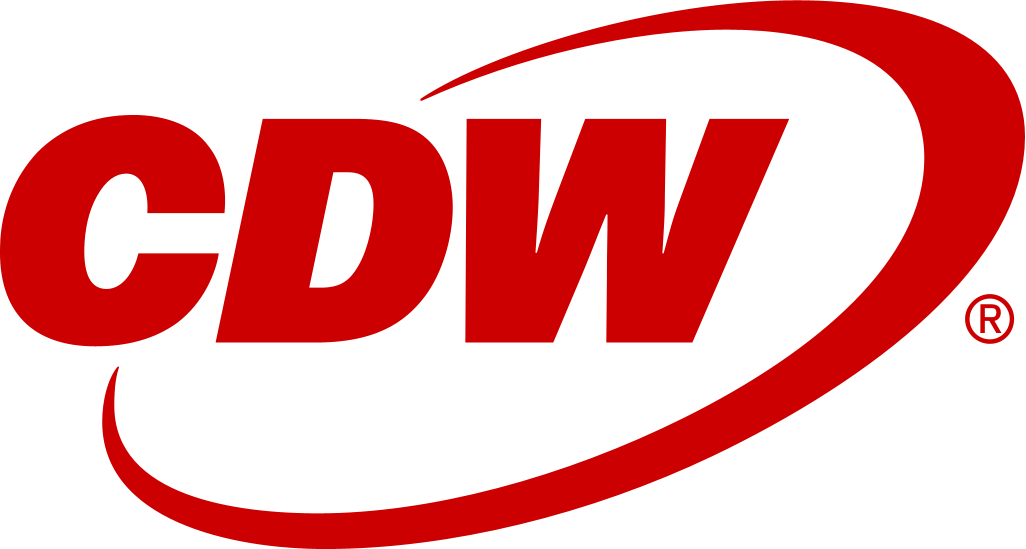1-1 of 1 reviews
What is our primary use case? Our primary use cases include functions such as role-based access control, user registration, and integration with other systems. We use it to improve the security of our web applications. Additionally, we utilize it for reviewing and safeguarding sensitive information. We wanted to use it to secure our Windows system and Azure application logins. It also provides security for other web applications. Additionally, we use it for RBAC (Role-Based Access Control) to authenticate users before they log in to Azure or our servers. By adding more security, we aim to improve our overall security system. How has it helped my organization? We find it very helpful for multifactor authentication and other purposes. It has improved our overall security and usage. We use it effectively with Safeguard and Windows Server. For Safeguard, it serves as a second-factor authentication when logging in to Safeguard for Privileged Password or Safeguard for Privileged session. The user enters their credentials and then receives a token on their observed soft token on Android or Total Connect Windows, which they can use. It's also used when a user needs to use RDP on a machine. After entering the password, they need to enter the Defender token. Moreover, it was easy to integrate these solutions. They work very well together. We haven't had any problems. What is most valuable? It's very fast, and it's easy to use because it's integrated with Active Directory. Any changes made are quickly reflected, and it doesn't require much storage space on the installed driver or any other system. What needs improvement? Maybe it could provide support for more web applications. It would be useful to focus on other web applications. For example, if an application needs to be installed on an iOS server and it's not, it can be used with another product like OneLogin, but not with One Identity Defender. For how long have I used the solution? I have been using One Identity Defender for a year now. What do I think about the stability of the solution? One Identity Defender is very stable. Since it's related to Active Directory, as long as the server is functioning correctly and connected to Active Directory, it remains stable. What do I think about the scalability of the solution? One Identity Defender is very scalable because it integrates with Active Directory. We just need to ensure we have enough licenses for the users or tokens required. So, there are no scalability issues. How was the initial setup? The initial setup was very straightforward. One Identity Defender needs to be installed on our server and integrated with Active Directory to manage users and groups directly. It also provides a self-service portal for quick user access. It just works. Maybe some maintenance if there's a server failure. Before, we had only one Defender server, so we had to quickly solve any problems to ensure uninterrupted user logins. But now, we have another server as a secondary authentication service, which mitigates this issue. If any problems occur with the primary server, the secondary server continues to work, and users can log in properly. What about the implementation team? I deployed the solution myself. It was very easy to use, and the administration guide covered most of the necessary use cases. Which other solutions did I evaluate? We are also reselling One Identity Defender, as with Safeguard. We have installed it in our company and for other users in different companies. What other advice do I have? I have had a great experience with it, so I would rate it highly. Which deployment model are you using for this solution? On-premises Disclaimer: PeerSpot contacted the reviewer to collect the review and to validate authenticity. The reviewer was referred by the vendor, but the review is not subject to editing or approval by the vendor. The reviewer's company has a business relationship with this vendor other than being a customer:Reseller





